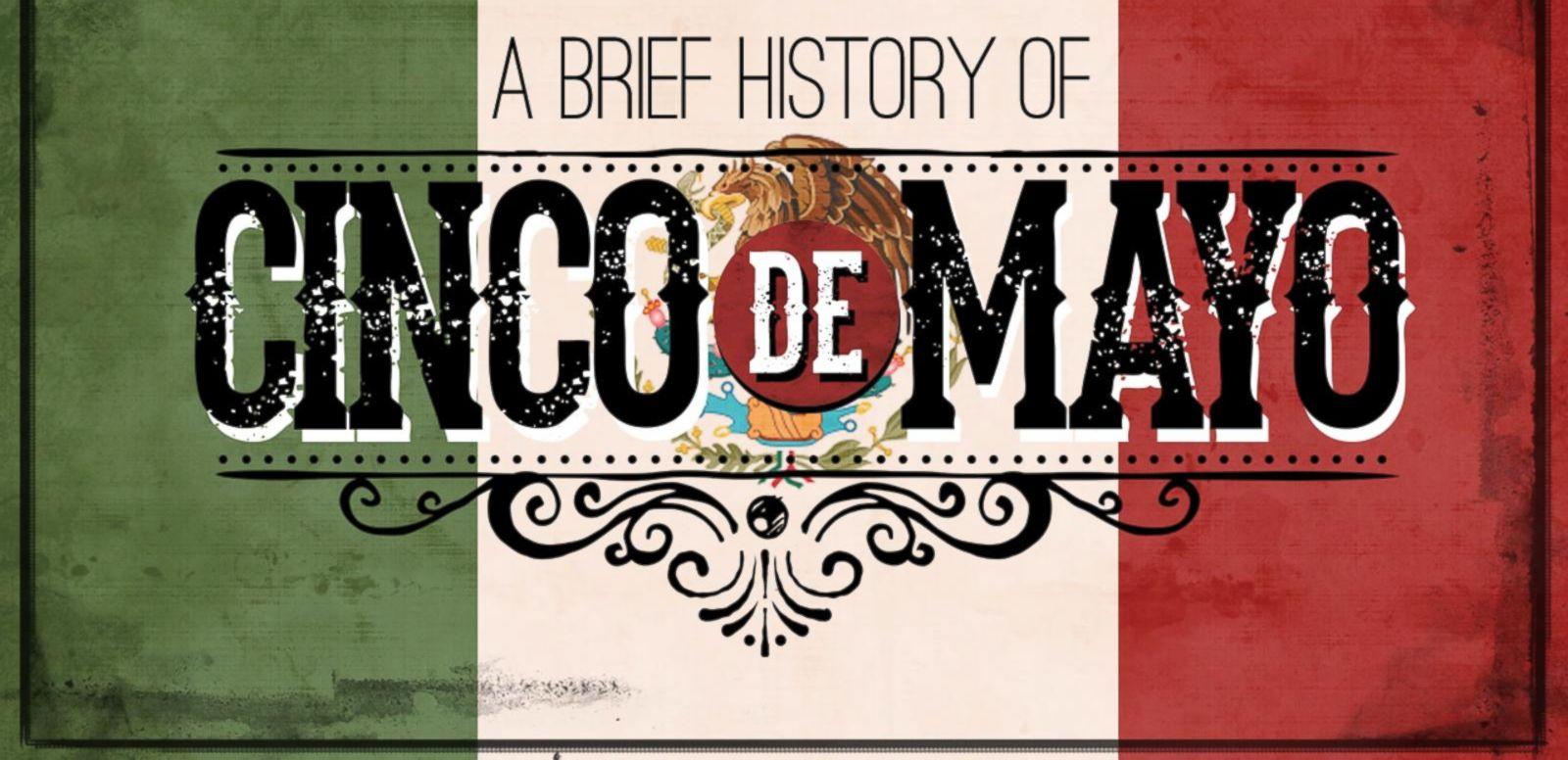The History of Cinco De Mayo
May 12, 2016
The fifth of May celebrates the defeat of of France’s army by the Mexican army in 1862. Prior to the defeat, a new leader in Mexico came to power, Benito Juárez, a liberal leader who had financial debts from Europe. France, Britain, and Spain sent forces to demand reimbursement. After negotiating between Britain and Spain, the countries retreated. France, ruled by Napoleon III, decided to carve an empire out of Mexican territory. After French forces landed in Mexico, President Juárez and his government retreated. Napoleon III thought that the territory was an easy win, marching 6,000 troops to Pueblo, Mexico. President Juárez rounded up 2,000 loyal men to stop Napoleon and his forces. After six years, France was defeated. President Juárez was also aided by the U.S. after its civil war.
Now Cinco de Mayo is celebrated in Mexico and in the U.S. Most of the celebration happens in the city of Pueblo. Mexico celebrates with recreations of the battle, military parades and other festivities. For many, however, the day is like any other. Cinco de Mayo is not considered a federal holiday, so school and banks are still open. In the U.S. the day is interpreted to celebrate Mexican heritage and culture, especially in areas that are populated with substantial numbers of Mexican-Americans. People raised awareness of the holiday in the 1960’s, with a deep connection to the Mexican victory. Today Cinco de Mayo is celebrated with parades, parties, mariachi music, Mexican folk dancing, and delicious foods like tacos and mole poblano.
